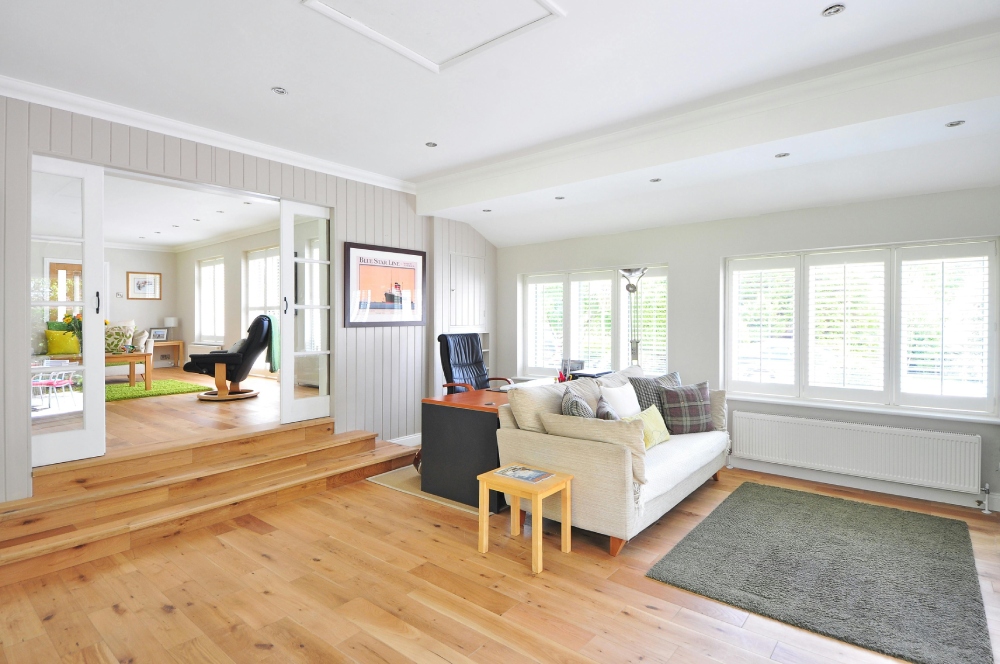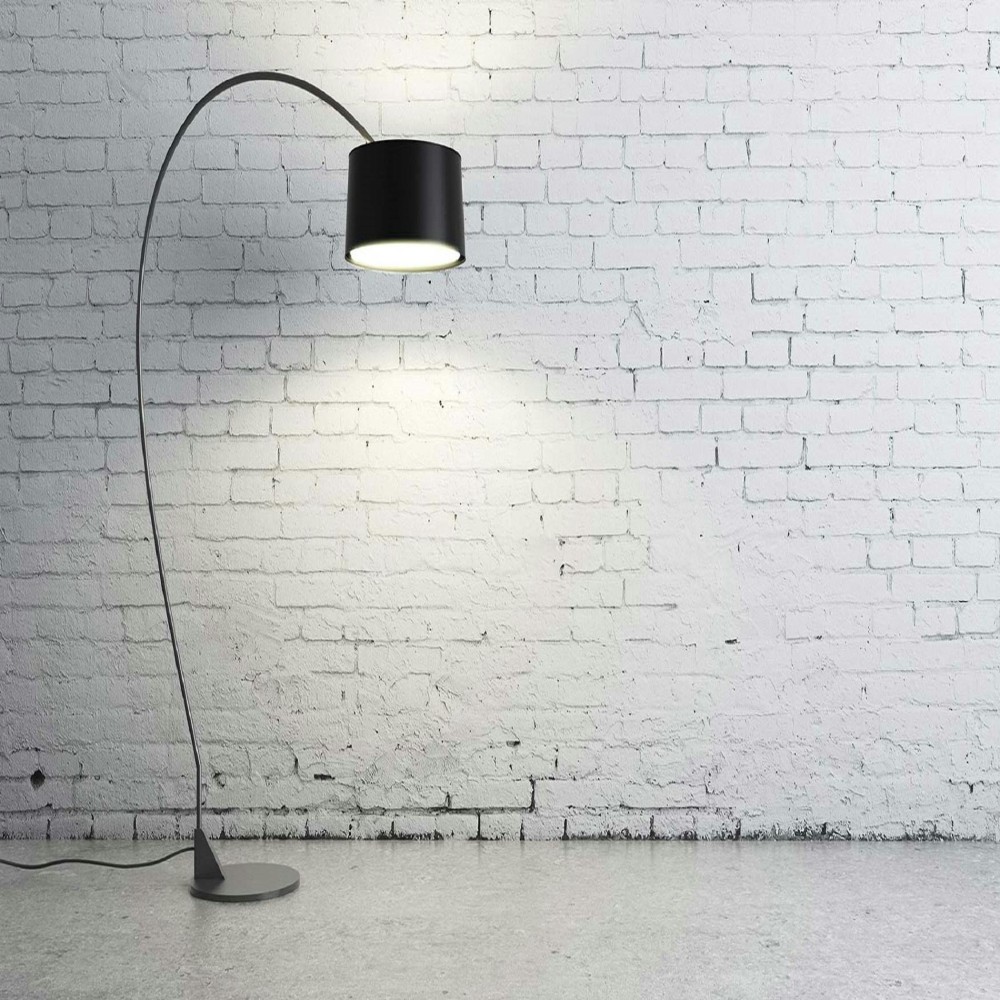Roofing Area and Shingle Calculator
This roofing calculator will help you calculate shingles for your project and find the total number you’ll need to cover your roof, including an overage of about 10%. It also covers how many squares you’ll need and how many bundles of shingles you’ll want to buy for your project. Use the calculator to automate most of the math, and follow the steps below to order the correct amount of materials. Once you have the final numbers, you can estimate your shingle installation costs.
How to Calculate Roof Size and Materials
If you don’t want to use the roof square footage calculator above, use the following steps to manually calculate how many shingles you’ll need for your project. We also recommend adding an extra 10% to account for overage or waste, which always happens when shingles overlap on the edges and valleys of the roof. Your final cost will depend on the type of shingle, but asphalt and composition roof shingles cost $30 to $50 per bundle or $1 to $1.50 per square foot.
Step 1: Calculating Roof Area
If you choose not to use the roof area calculator above, you’ll need to do a few manual steps to adjust for the slope of the roof. First, calculate the area of the roof by multiplying the length times the width, as if you were standing on a flat roof. Multiply the length times the width. Make sure to use measurements going all the way to the roof’s edge, including the eaves. Do not use the area of your home for this.
If you need to, break up your roof into multiple square or rectangular sections to find the base area, multiply by the slope of that area, and add the numbers together. You can use the roof area calculator or any basic area calculator to help determine this.
Follow these steps:
- Measure the first section’s length and width.
- Multiply these two together to get the base area.
- Multiply the base area by the multiplier that aligns with the roof’s slope in the chart below to find the actual area. Find the pitch in column one, and then use the corresponding multiplier from column three. The resulting number is the actual square footage of your roof.
- Repeat the previous steps for each square or rectangular section.
- Add all of these numbers together to find the actual area of the roof.
- Use this final number in the next section to determine the number of squares.
| Pitch | Angle | Multiplier |
|---|---|---|
| 0/12* | 0% | 1 |
| 1/12* | 4.8% | 1.003 |
| 2/12* | 9.5% | 1.014 |
| 3/12 | 14% | 1.031 |
| 4/12 | 18.4% | 1.054 |
| 5/12 | 22.6% | 1.083 |
| 6/12 | 26.6% | 1.118 |
| 7/12 | 30.3% | 1.158 |
| 8/12 | 33.7% | 1.202 |
| 9/12 | 36.9% | 1.25 |
| 10/12 | 39.8% | 1.302 |
| 11/12 | 42.5% | 1.357 |
| 12/12 | 45% | 1.414 |
| 13/12 | 47.3% | 1.474 |
| 14/12 | 49.4% | 1.537 |
| 15/12 | 51.3% | 1.601 |
| 16/12 | 53.1% | 1.667 |
| 17/12 | 54.8% | 1.734 |
| 18/12 | 56.3% | 1.803 |
| 19/12 | 57.7% | 1.873 |
| 20/12 | 59% | 1.944 |
| 21/12 | 60.3% | 2.016 |
| 22/12 | 61.4% | 2.088 |
| 23/12 | 62.4% | 2.162 |
| 24/12 | 63.4% | 2.236 |
*Do not use shingles on pitches of 2/12 or lower. Use rolled roofing or metal roofing for low and flat roofs
Step 2: Convert to Squares
Roofing contractors work in squares, not square feet. This roofing square calculator step converts square feet to squares.
- To find the number of squares needed, divide the result from the last step by 100 and round up to the nearest square.
Step 3: Determine the Amount of Shingles Needed
SIngles typically come in bundles that cover about 33 square feet of space, so three bundles usually cover 100 square feet or one square.
- Divide the number of squares by three, assuming the shingles come in a standard bundle with roughly 32 to 33 square feet of coverage.
A few non-standard bundles have less than 33 square feet of shingles. This depends on the type of shingles you’re working with, but it typically applies to thick, high-end shingles. To find how many bundles of shingles are in a square, simply divide 100 by the square foot coverage noted on the bundle.
Step 4: Determine Overage and Waste
As mentioned above, most contractors account for about 10% of waste. This comes from shingles being cut to fit in valleys and along eaves, since they are laid offset to adjacent rows. Typically, you’ll need about two to three extra squares to cover waste. Here are two different ways to calculate the overage.
- Method 1:Multiple the total area of your roof by 10%.
- For example, for a 3,000-square-foot roof, you would calculate 3,000 x 10% = 300. So you would estimate the need for 3,300 square feet of total coverage.
- Method 2:Take the number of bundles of shingles you need and multiply by 10%.
- For example, a 3,000-square-foot roof requires 30 squares, which means you’ll need 90 bundles of shingles. Multiply 90 x 10% = 9. (Nine bundles at 33 square feet each means 297 square feet of coverage).
You can then use this final number to figure out your total roof replacement cost, or more specifically, asphalt shingle roof costs or composite shingle costs. You’ll spend varying amounts depending on the type and quality of the shingle you need.
Other Roofing Materials
You’ll need a few other materials for the job. At a minimum, you’ll need:
- Roof underlayment:Purchase enough square footage to cover your entire roof plus at least 10%. You’ll overlap each row by about 2 inches.
- Roofing nails: You’ll need 320 roofing nails per square. So, take the number of squares you need and multiply by 320.
- To get specific, use the single calculator equation of 29 shingles per bundle with four nails per shingle (5 nails per starter shingles).
- Vent ridge caps: Simply measure the ridge of each section of roof and add the numbers together. You’ll need this many ridge caps. Most shingle manufacturers make matching vents for their shingles.
Your local roofer will include these extra roofing materials in your estimate.



